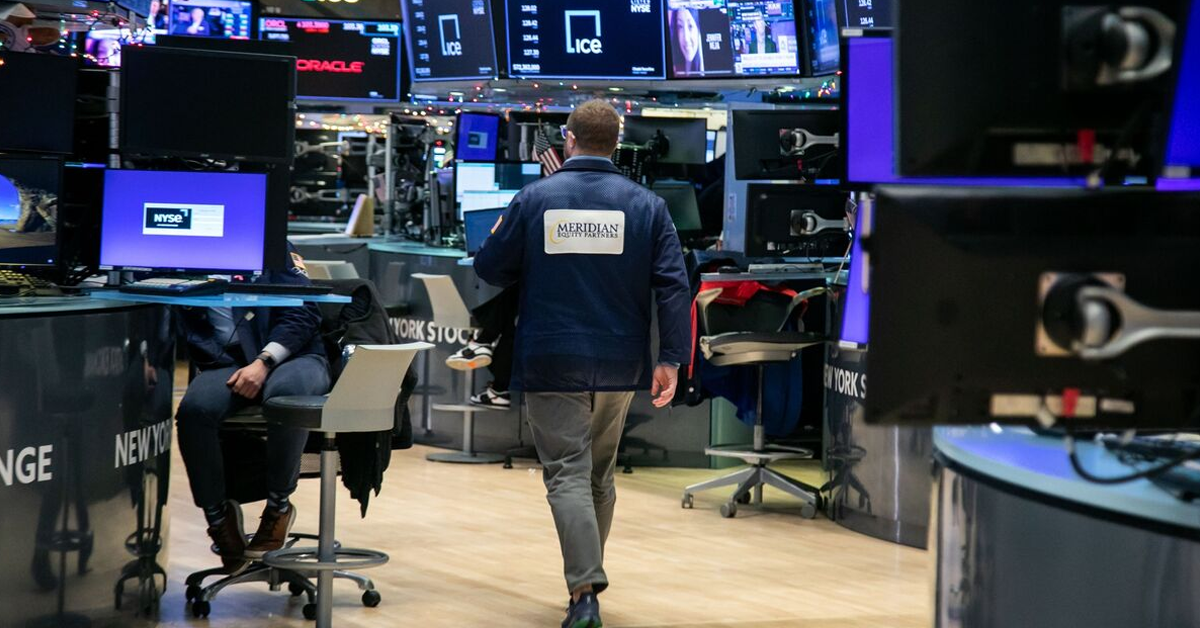Traders Anticipate Post-CPI Surge, Eyeing US 10-Year Yield at 4.3%
Traders in US Treasury options are positioning for a bond rally and a sharp drop in yields following the release of crucial inflation data on Wednesday. Over the past week, there has been significant buying activity centered on options that would benefit from US 10-year yields dropping to around 4.3%, which is about 15 basis points lower than current levels and the lowest in more than a month. One particularly high-risk trade stood out, with the potential to generate a $15 million windfall on a wager of just $150,000 if the 10-year benchmark yield falls further to 4.25% by May 24.
This bet on a bond rally comes as bonds have regained some ground following a challenging April, when prices slumped and yields soared to their highest levels of the year due to diminishing expectations for interest-rate cuts. Since then, Federal Reserve Chair Jerome Powell has alleviated market concerns by downplaying the need for additional rate hikes. Further gains were made after a report on Friday indicated a cooling labor market, which might pave the way for rate cuts despite persistent inflation.
Investors are now focused on the latest data on US consumer prices in April, which will be critical in determining the direction of the rally. On Tuesday, Treasuries advanced after a report provided what Powell described as a “mixed” reading on wholesale prices last month.
Open interest, or the amount of new positioning, has surged recently in options tied to the so-called 110.00 call strike, which corresponds to a roughly 4.3% 10-year yield level, according to CME data. Buying has been concentrated in the June tenor expiring on May 24, capturing this week’s significant economic news, including reports on producer and consumer prices.
Meanwhile, asset managers have continued to add to long bets in futures, increasing bullish positions for the fourth consecutive week, as indicated by data from the Commodity Futures Trading Commission. However, caution is still evident in some parts of the market. For instance, a recent JPMorgan Chase & Co. client survey showed a slight increase in short positions in the cash market for Treasuries, marking a shift from a neutral stance. Notably, the past three consumer price index reports have surprised to the upside, challenging bullish expectations.
Despite this, the futures market has turned less bearish since last week’s jobs report. Traders have unwound bearish futures positions linked to the Fed-sensitive Secured Overnight Financing Rate, removing hedges against potential rate hikes and reviving bets on easing. New long positions have also emerged across various tenors of the futures strip. This has resulted in a pullback from the severe bearishness observed in late April, although short positions remain.
Significant options flows include a large bullish “screen” trade, executed electronically at a cost of $4 million, which appeared as new risk. The same dovish protection was purchased again during Tuesday’s early Asia session. Similarly, there has been heavy buying of risky option strategies known as risk-reversals, where calls are funded by selling puts.
Overall, traders are setting up for a potential bond rally and a sharp drop in yields, with a close eye on the upcoming inflation data to determine the market’s next move.

.webp)




